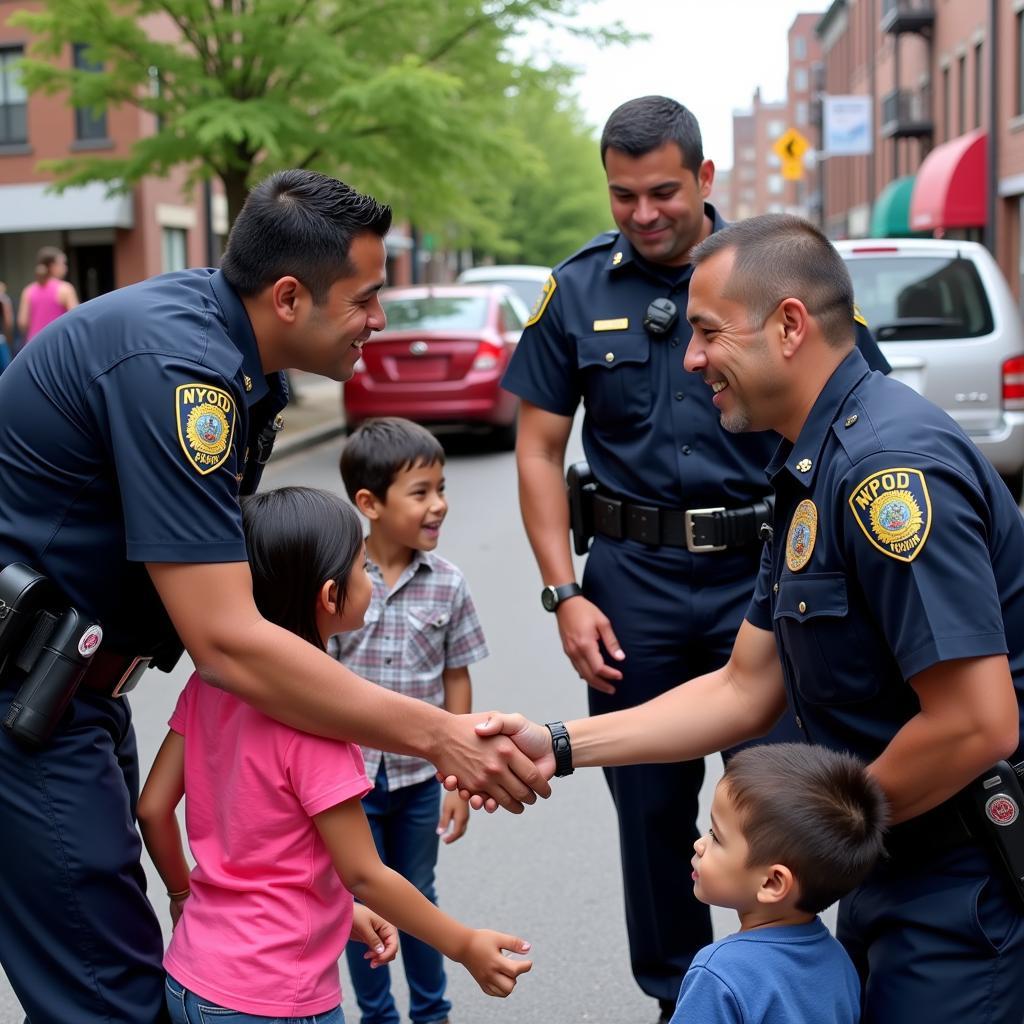The relationship between the Hispanic community and law enforcement, particularly the NYPD, is complex and often fraught with tension. This dynamic, rooted in historical events and societal structures, directly impacts the daily lives of Hispanic New Yorkers and shapes perceptions of trust and safety.
A Legacy of Mistrust: Understanding Historical Context
To truly grasp the intricacies of the Hispanic society-NYPD relationship, acknowledging the historical context is crucial. Decades of discriminatory policies, like stop-and-frisk, coupled with instances of police brutality and racial profiling, have left deep scars within the community. These experiences, passed down through generations, have fostered a climate of fear and distrust that persists even today.
Bridging the Divide: Initiatives for Positive Change
Despite the challenges, there are ongoing efforts to bridge the divide between the Hispanic society and the NYPD. Community policing initiatives, designed to foster dialogue and build relationships between officers and residents, aim to rebuild trust at the grassroots level. Language accessibility programs, ensuring that Spanish-speaking residents can communicate effectively with law enforcement, further break down barriers and encourage positive interactions.
The Power of Representation: A Step Towards Understanding
Representation within the NYPD itself plays a vital role in fostering trust within the Hispanic community. Seeing officers who reflect their own cultural background and understand their experiences can significantly impact perceptions of law enforcement. Increasing diversity within the police force, particularly at higher ranks, is crucial for building bridges and creating a more inclusive environment for all New Yorkers.
 Hispanic NYPD officers at a community event
Hispanic NYPD officers at a community event
A Shared Future: Cultivating Trust and Collaboration
Building a safer and more equitable city requires a collaborative effort from both the Hispanic society and the NYPD. Open dialogue, addressing past injustices, and actively listening to community concerns are essential steps towards healing and progress. By working together, fostering empathy, and understanding the unique challenges faced by the Hispanic community, we can create a future built on mutual respect and understanding.
Conclusion
The relationship between the Hispanic society and the NYPD remains a work in progress, but acknowledging the historical context, implementing positive initiatives, and promoting diversity within law enforcement are crucial steps towards building trust. By fostering open communication, understanding, and empathy, we can strive for a future where all New Yorkers feel safe and respected.